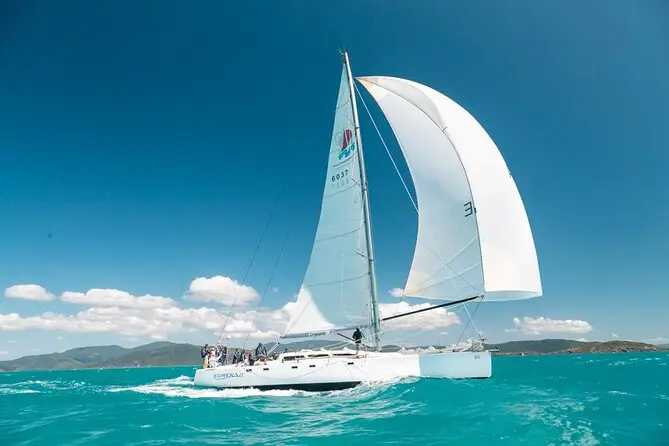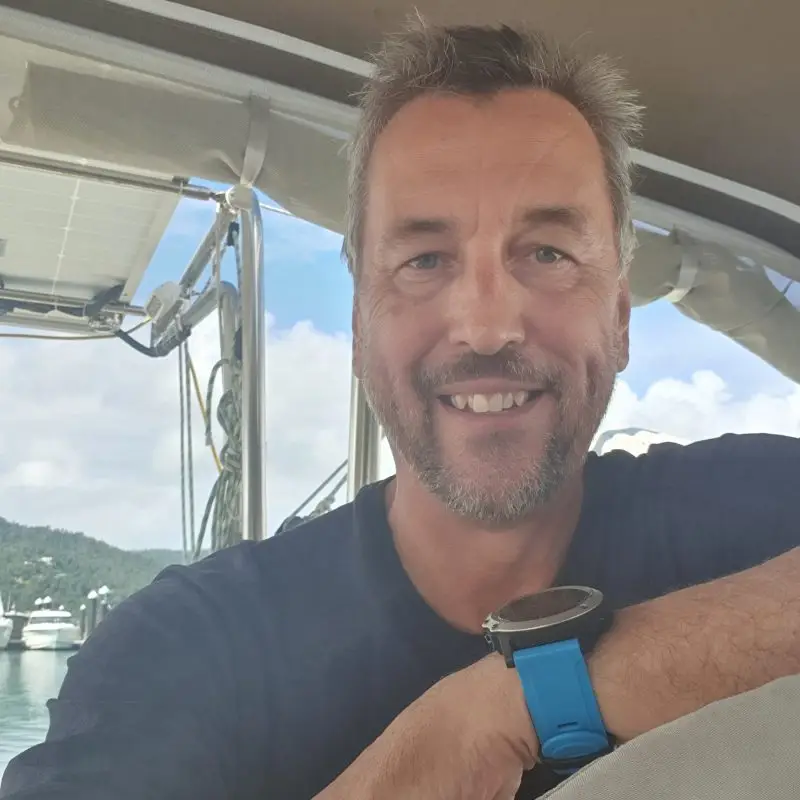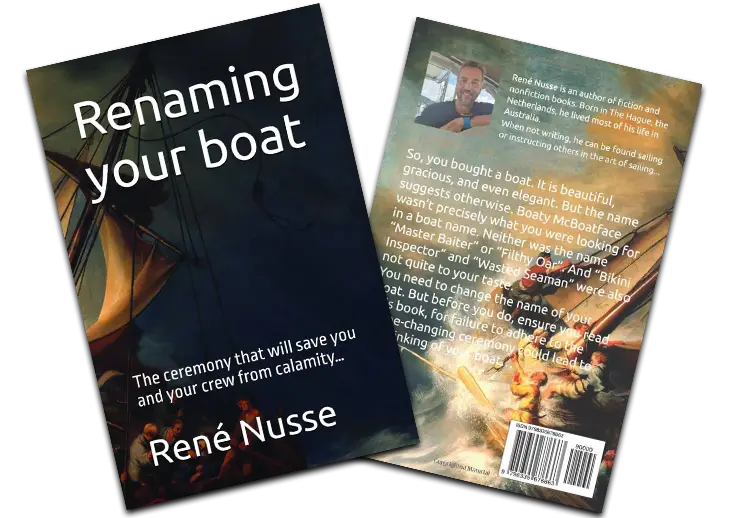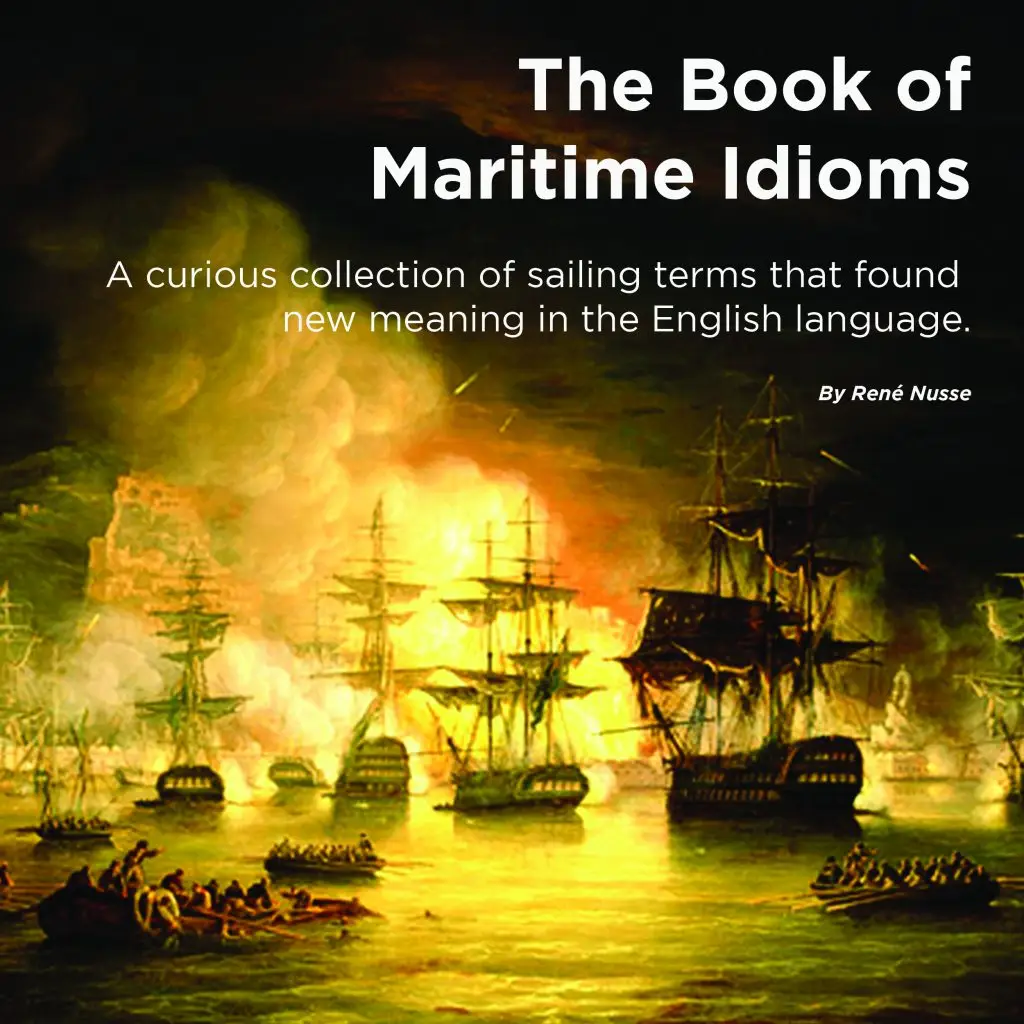SMG - CMG - VMG
Velocity Made Good (VMG)
Velocity Made Good (VMG) is a sailing term that refers to the speed at which a boat is making progress toward its intended destination, specifically in the direction of the wind. It’s an important metric because it doesn’t just measure the boat’s speed through the water, but how efficiently that speed is helping the boat get closer to the target (usually upwind or downwind).
Key Points of VMG:
- True Speed vs. Effective Speed: A boat might be traveling fast through the water, but if it’s sailing at an angle to the wind, it might not be making much headway toward its goal. VMG helps determine the effective speed in the desired direction.
- Upwind vs. Downwind:
- Upwind VMG: When sailing against the wind, the boat can’t sail directly into the wind, so it needs to tack at an angle. VMG measures how fast it’s progressing toward the upwind destination despite sailing at an angle.
- Downwind VMG: Similarly, when sailing with the wind at its back, the boat often sails at an angle to the wind to maximize speed. VMG shows how quickly it’s moving toward a downwind target.
How VMG is Calculated:
- It’s typically calculated by multiplying the boat’s speed by the cosine of the angle between the boat’s course and the direct line toward the destination (bearing).
- VMG = Boat Speed × cos(Angle to Wind)
Why It’s Important:
- Maximizing Efficiency: Sailors use VMG to adjust their course for the fastest route. Even if a boat is going faster on a different course, if the VMG is lower, it might take longer to reach the destination.
- Strategic Decisions: Sailors often need to balance speed and direction to achieve the best VMG, adjusting their sail trim and heading to optimize progress toward their destination.
By focusing on VMG rather than just boat speed, sailors can make smarter navigational decisions, particularly when sailing upwind or downwind.
Speed Made Good (SMG)
Speed Made Good (SMG) refers to the actual speed a vessel is achieving over the ground in the direction toward a specific destination. Unlike Velocity Made Good (VMG), which measures progress relative to the wind, SMG focuses purely on the vessel’s speed in relation to a fixed point, such as a waypoint, regardless of the wind or current.
Key Points of SMG:
- Direct Path: SMG measures the speed along the direct line from the boat’s current position to its intended destination.
- Over Ground: SMG accounts for the vessel’s movement over the ground, factoring in any drift caused by currents, tides, or winds that might alter the boat’s actual course and speed.
- Different from Boat Speed: A boat’s speed through the water can be faster or slower than its SMG, depending on the effects of currents, wind direction, and angle to the destination. Even if the boat is moving quickly, if it’s not headed straight toward its goal, the SMG will be lower.
Example:
- Current and Drift: If a boat is sailing at 8 knots, but a strong current is pushing it off course, the SMG might only be 5 knots in the direction of the waypoint.
Why SMG is Important:
- True Progress: SMG gives an accurate measure of how quickly you’re getting closer to your destination, as opposed to your speed through the water.
- Navigational Decisions: By monitoring SMG, sailors and navigators can make adjustments to their heading, trim, and speed to ensure they’re maximizing efficiency toward their goal.
In essence, SMG is the actual speed you are achieving toward your destination, factoring in all environmental influences like wind, currents, and waves.
Course Made Good (CMG)
Course Made Good (CMG) refers to the actual course a vessel has traveled over the ground, taking into account the effects of wind, currents, and other environmental factors that may push the boat off its intended heading. It represents the true path that the vessel follows, as opposed to the course it was originally aiming to sail.
Key Points of CMG:
- Actual Path: CMG is the angle or direction over the ground from the vessel’s starting point to its current position, rather than the course initially planned or steered.
- Influence of Currents and Wind: While a vessel may be steering a certain course, external factors like current or wind can cause it to drift, altering its actual path. CMG reflects this real path, factoring in those influences.
- Comparison to Heading:
- Heading: The direction in which the boat’s bow is pointing.
- CMG: The actual direction in which the boat is moving over the ground. If there is no current or wind drift, the heading and CMG would be the same, but this is rarely the case in real-world conditions.
Example:
If a boat is heading directly north (0°) but a strong current is pushing it slightly to the east, the CMG might be 350° or slightly west of north, reflecting the real course the boat is making over the ground.
Why CMG is Important:
- Navigation Accuracy: CMG provides an accurate representation of where the boat is actually going, not just where it’s pointed. This is crucial for ensuring you stay on course toward your destination.
- Adjusting for Drift: By comparing the intended heading with the actual CMG, sailors can adjust their course to compensate for drift caused by environmental factors.
CMG vs. SMG:
- CMG: Refers to the actual direction in which the vessel is moving over the ground.
- SMG (Speed Made Good): Refers to the speed at which the vessel is progressing toward its destination over the ground.
In summary, Course Made Good (CMG) tells you the actual direction you’re traveling, which helps ensure that you’re on the correct course toward your destination despite external forces that may alter your path.
Velocity Made Good on Course (VMG on Course) refers to the speed at which a boat or vessel is progressing toward a specific destination or waypoint, factoring in the boat’s angle and course relative to the intended direction. Essentially, it measures the effective velocity toward the final target, regardless of wind or current.
While VMG generally refers to progress toward the wind (upwind or downwind), VMG on Course focuses on how efficiently the boat is moving toward a waypoint, which could be at any angle relative to the wind.
Key Aspects of VMG on Course:
- Effective Progress: Instead of simply measuring speed, VMG on Course calculates how much of that speed is contributing to reaching the destination. It considers the boat’s angle relative to the direct course line (bearing).
- Course Over Ground (COG): This is the actual path the boat is following over the ground. VMG on Course uses this in the calculation to determine progress toward a fixed point.
- Speed Over Ground (SOG): VMG on Course incorporates the vessel’s actual speed over ground (considering current, wind, etc.) to give a true sense of progress.
How VMG on Course is Calculated:
- It’s typically calculated as the boat’s speed over ground (SOG) multiplied by the cosine of the angle between the boat’s course over ground (COG) and the bearing (direct line) to the destination.
VMG on Course = SOG × cos(Angle between COG and Bearing)
- If the boat is heading directly toward the destination, the angle is 0°, and VMG on Course equals SOG.
- If the boat is at an angle, VMG on Course decreases as the cosine of the angle decreases.
Example:
- If a boat is sailing at 8 knots but at a 30° angle from the course toward the destination, VMG on Course would be calculated as:
- VMG on Course = 8 knots × cos(30°) ≈ 8 × 0.866 = 6.93 knots.
Even though the boat is moving at 8 knots through the water, only 6.93 knots is contributing to progress toward the waypoint.
Why VMG on Course is Important:
- Efficient Navigation: Sailors can maximize VMG on Course by adjusting the boat’s heading, sail trim, and other factors to make the best possible progress toward their destination.
- Strategic Decisions: When racing or cruising, VMG on Course helps determine the optimal balance between speed and course. Sailing a bit faster but at a less favorable angle can reduce VMG on Course, meaning it will take longer to reach the waypoint.
- Handling Wind and Current: External factors like wind direction or ocean currents can affect both COG and SOG, and therefore VMG on Course. Monitoring this metric helps sailors adjust to those conditions.
In short, VMG on Course is an essential tool for optimizing sailing efficiency, especially over longer distances or when precise navigation is critical. It measures how effectively a boat’s speed is being used to make progress in the desired direction.


NAVIGATION RULES CLINIC + BASIC SAIL TRIM COURSE
Author
-

Rene is a keelboat instructor and sailing coach in the Mandurah area WA. He is also the author of several books about sailing including "The Book of Maritime Idioms" and "Renaming your boat".
View all posts


